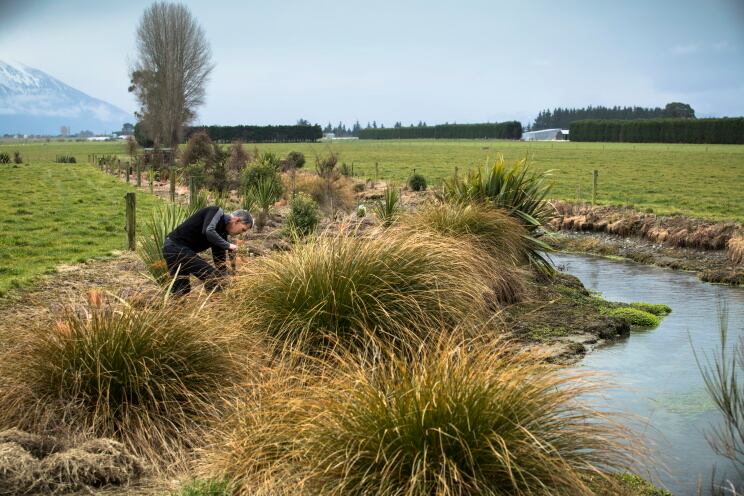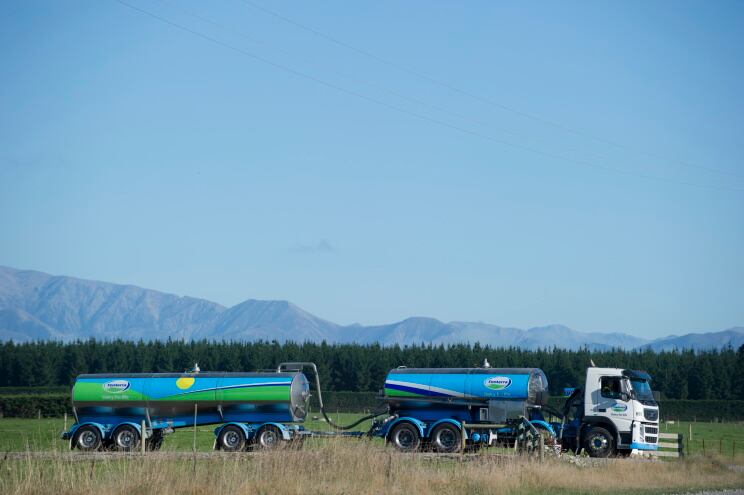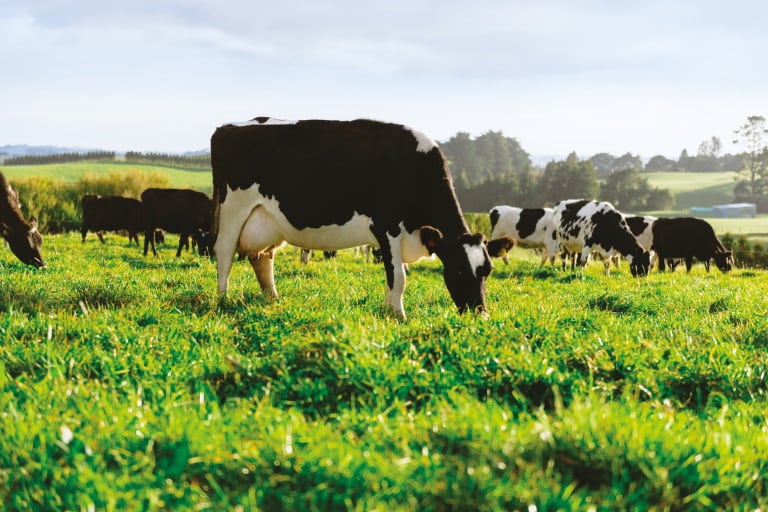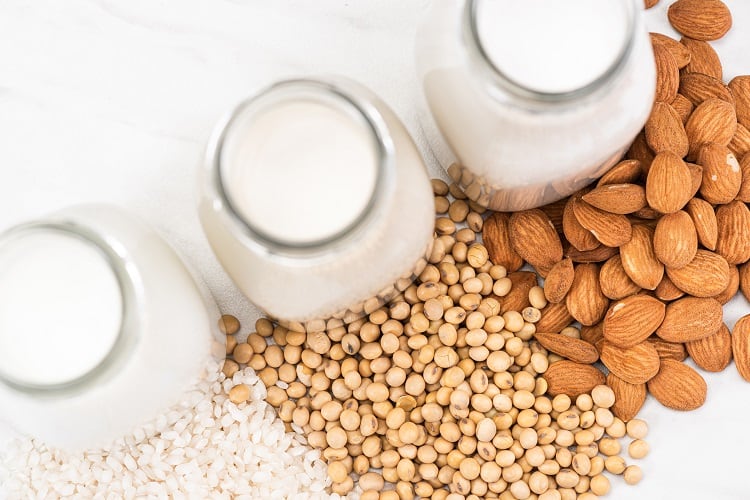Fonterra rolled out its NZMP Organic Butter in North America this month, with further expansion into Europe planned for April. The ingredient has been certified carbon neutral by third party certification programme Toitū Envirocare.
NZMP Organic Butter is Fonterra's first certified carbon neutral product, meaning its carbon footprint has been measured and reduced, with carbon offsets used to move it to net zero.
“To gain carbonzero certification, and make this butter carbon neutral, we first measured the carbon footprint of our organic butter, and then made a plan to reduce the emissions even further from the production of our organic butter. Toitū Envirocare then verified that we had measured our footprint correctly and that our emissions reduction plan specific to the organic butter was in place,” Huistra explained.
“Finally, for this ingredient to be certified as carbonzero, we utilised high quality carbon credits approved by Toitū Envirocare to offset emissions from making our organic butter, through projects that capture or avoid carbon emissions, like regenerative native forest or renewable energy,” he told FoodNavigator.
Reducing emissions requires innovation and collaboration
When measuring the carbon footprint of its dairy products, Fonterra benefits from the farming system prevalent in New Zealand, with animals grass-fed 365 days a year. “Fonterra New Zealand has one of the world’s lowest on-farm carbon footprints, at approximately one third of the global average,” Huistra claimed.

Over the past 25 years, Fonterra’s farmer owners have improved productivity and reduced emissions intensity by about 20%. These efforts will continue apace as the cooperative pushes ahead with efforts to help farmers ‘understand where their emissions come from and the actions they can take to reduce them’, the dairy executive explained.
“Our farmers now receive a unique Greenhouse Gas (GHG) report each year to help them understand their emissions and areas for improvement, and furthermore, from June 2021 they will be financially rewarded for producing sustainable milk,” he noted.
To further reduce emissions ‘will take innovation and collaboration – and that’s where the next challenge lies’.
“We’re focused on partnering with other organisations to reduce biological emissions through research and development, for example working with DSM, the Massachusetts Institute of Technology and the Pastoral Greenhouse Gas Research Consortium on solutions that reduce methane emissions on-farm. Fonterra’s own Research and Development Centre is also looking at natural solutions to deliver cost effective and practical solutions to reduce methane, such as using dairy cultures to feed to cows to reduce methane production in the gut.”
Carbonzero ingredients meet demand for sustainable sourcing
Food manufacturers are looking for ‘new and creative ways’ to deliver their own sustainability goals and reduce emissions in their supply chains.
At the same time, brands want to capitalise on consumer demand for sustainable products, Huistra observed. Research from FMCG Gurus shows that 72% of global consumers express interest in brands that actively communicate sustainability achievements.
“From both of these perspectives, carbonzero certified ingredients, like the organic butter we just launched, are resonating with our customers. We know and they know that carbonzero ingredients like this one are only part of the answer to the environmental challenge we face. However, they do enable us to help the environment in the short term, while we work to reduce emissions and preserve the environment in the long-term. I think our customers recognise this, and they’re excited to be offered different solutions that can play even a small part in their sustainability journey,” he told this publication.
Fonterra believes the increased attention being paid to the carbon footprint of food is ‘great’. “We have certainly seen an increase in awareness with customers, due to consumers becoming more aware of the climate impact of their diet and therefore seeking more transparency from brands,” Huistra observed.
The dairy expert stressed that clear communication is crucial to help consumers understand the carbon footprint of the food they eat – and third party certification can play a key role here. “While we work to reduce our footprint further, we believe carbonzero can also offer a solution today to offset the climate impact of our products, decrease emissions in the supply chains of our customers, and help them meet consumer demand for more sustainable products.”

Nevertheless, the dairy sector has come under fire for what critics describe as its high environmental cost. Advocates of more plant-based diets frequently point to the relatively high resource intensity required to raise cattle and highlight the GHG emissions produced by dairy cows and their manure.
According to one recent study, from the Institute for Agriculture & Trade Policy, the world’s 13 largest dairy corporations have a combined GHG footprint larger than the world’s biggest fossil fuel emitters, BHP and ConocoPhillips.
While the food sector contributes 30% of total GHG emissions, Huistra noted that dairy is responsible for a relatively small proportion of that total. The dairy sector accounts for around 4% of all global anthropogenic greenhouse gas emissions (GHG) according to the FAO.
He also stressed the contribution that dairy makes to good, affordable nutrition. “We need to not just consider the climate impact of food, but also its nutritional value, affordability and accessibility. Dairy plays a key role in providing sustainable, accessible nutrition to all consumers around the world, and will remain an important food source well into the future.
“The creation of carbon efficient dairy products should be a priority from the perspective of the climate, but also from the perspective of sustainably providing quality, accessible nutrition to the world’s growing population.”




